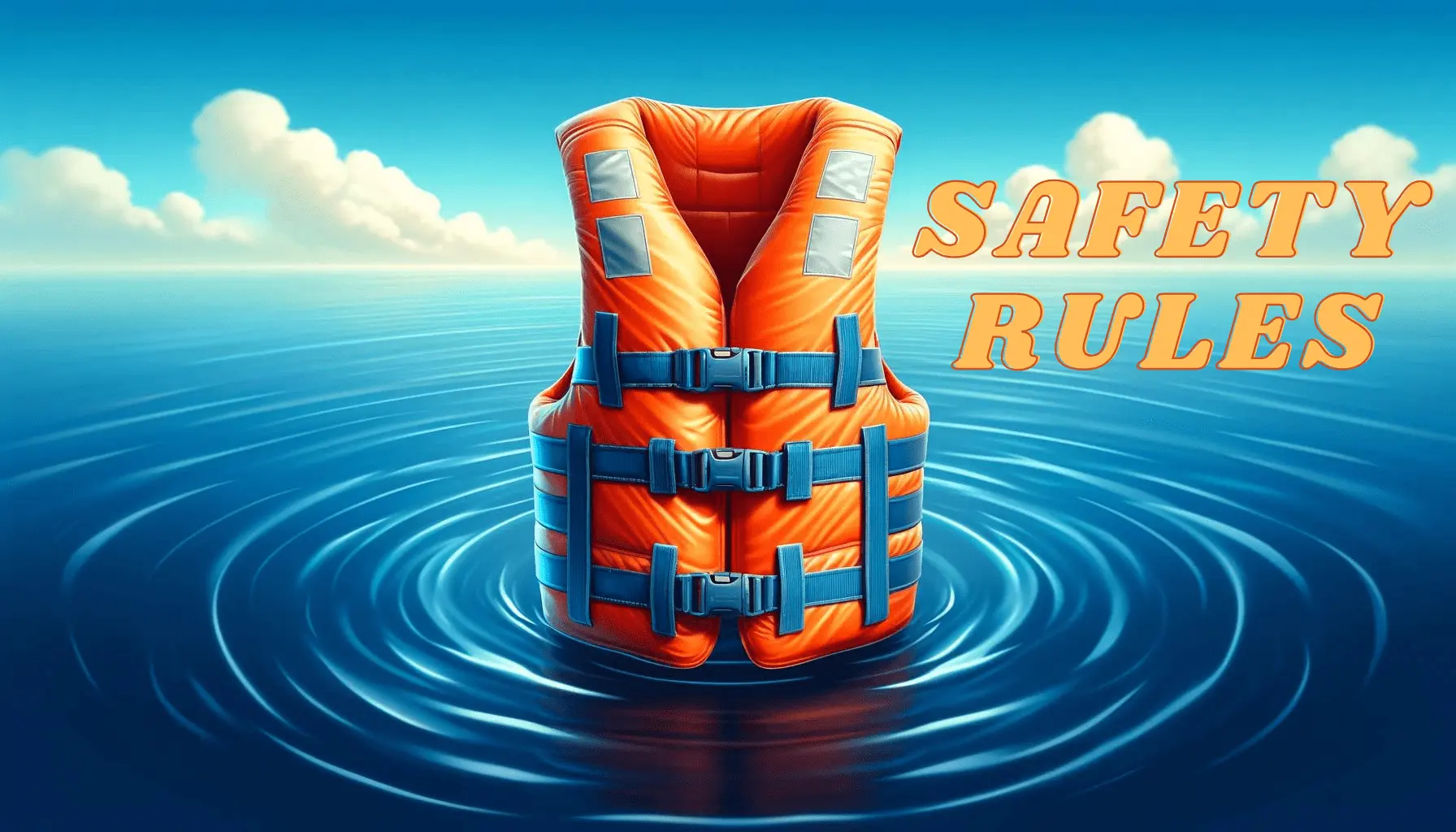Embarking on a kayaking adventure brings the promise of tranquility and the rush of excitement, but it also comes with its financial considerations. Whether you’re a veteran paddler or a curious newcomer, understanding the cost of a kayaking adventure is essential for budgeting your journey into the world of watersports. The financial outlay for kayaking can vary greatly, hinging on several factors, including kayak pricing, the necessity of gear, and the decision to either rent or buy.
While the allure of the paddle’s splash and the serenity of the water may be priceless, the reality of how much kayaking costs does require practical budget planning. Aspiring kayakers must contemplate initial expenses for equipment such as the vessel itself, a pivotal expenditure that ranges significantly based on model and brand. Additionally, the ongoing costs for maintenance and storage must be accounted for to ensure an uninterrupted connection with your new pastime.
Yet, for those yearning to glide across reflective waters without breaking the bank, affordable kayaking rates are accessible with strategic choices. We take a deep dive into the economics of enjoying this captivating sport, providing insights on making cost-effective decisions that resonate with the paddler’s spirit within you.
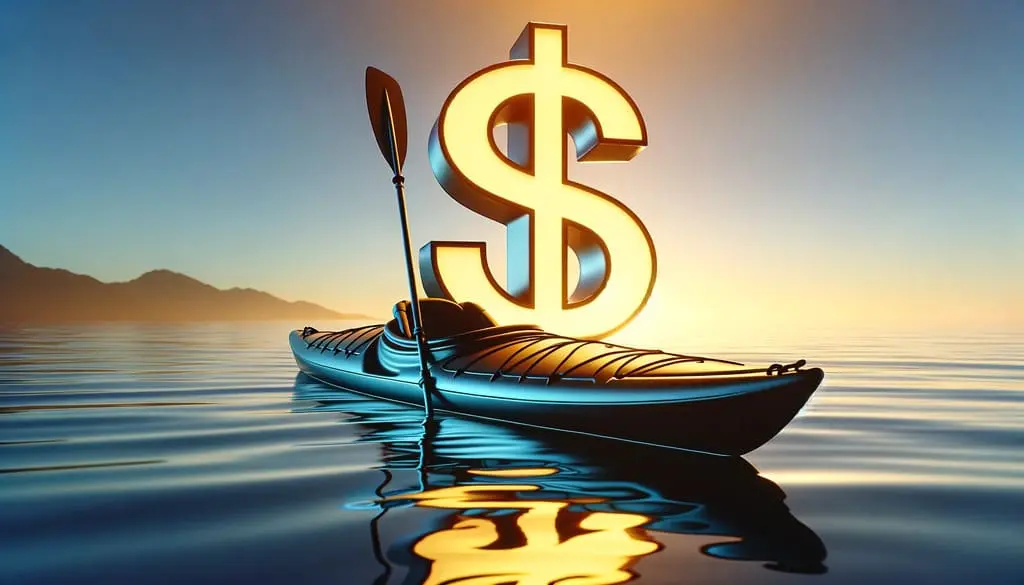
Key Takeaways
- The initial purchase of the kayak is the major cost to consider in your kayaking expenses.
- Options for kayak pricing vary widely from basic models suitable for beginners to high-end kayaks for seasoned adventurers.
- Additional gear, such as paddles and personal flotation devices, can influence the cost of a kayaking adventure.
- Renting equipment can be a way to access affordable kayaking rates before fully committing to purchasing.
- Exploring the second-hand market can be a savvy way to keep costs down.
- Awareness of all associated costs will allow for a better estimation of how much kayaking costs in the long run.
The Average Cost of Owning a Kayak
Kayaking as a recreational or sports activity provides an exhilarating connection with nature, but it’s essential for enthusiasts to understand the financial implications of owning a kayak. Paddlers looking into kayak pricing will find that costs vary widely depending on several key factors. From the casual hobbyist to the dedicated adventurer, identifying the right kayak within your budget is crucial for an enjoyable experience on the water. Here we explore the typical costs associated with different types of kayaks, the influence of material and brand on pricing, and how longevity and resale can affect your investment.
Price Brackets for Different Types of Kayaks
When it comes to purchasing a kayak, the market offers a broad range of options, each with its own kayak trip cost. Entry-level recreational kayaks are often the most economical choice, with prices typically falling below $500. These are ideal choices for those seeking the best budget kayak tours. In contrast, specialized kayaks designed for specific activities such as fishing, touring, or whitewater adventures command higher prices, often reaching several thousand dollars. The type of kayak you choose will be a significant determinant of the overall cost, making it vital for prospective buyers to pinpoint their needs before making an investment.
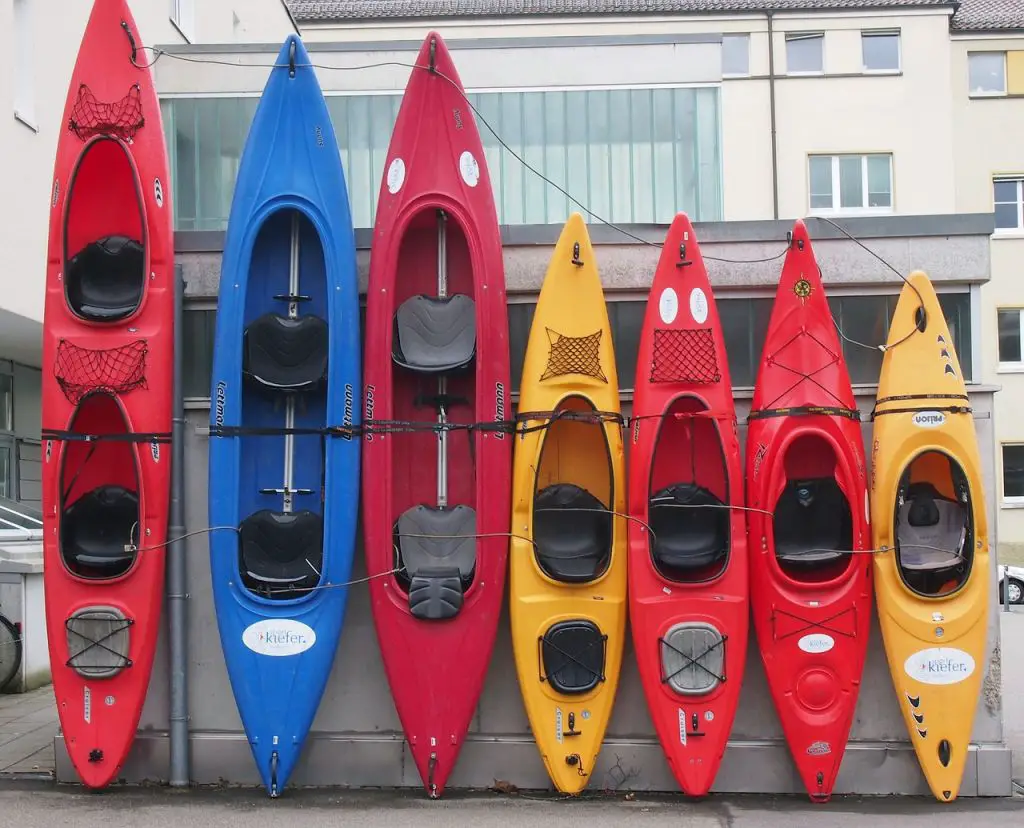
Factors Affecting Kayak Pricing: Material and Brand
The material construction and brand recognition can significantly influence kayak rental prices and purchase costs. Well-known brands like Perception Kayaks, Lifetime, and Intex have garnered reputations for reliability and quality in their various kayak offerings. The material used in a kayak’s construction plays a pivotal role in both performance and price. For instance, kayaks made with durable but lightweight materials such as carbon fiber or fiberglass composite are on the pricier end, reflecting their enhanced performance and lifespan.
The Longevity and Resale Value of Kayaks
One aspect of kayak ownership often overlooked by buyers is the potential resale value. High-quality kayaks that are well-maintained can retain much of their value, making them a sound investment. Typically, a used kayak may be valued at about half of its original retail price, although factors such as age, condition, and type of kayak heavily impact this estimate. Investing in a robust kayak not only extends your years of paddling joy but may also pay off financially should you choose to sell your craft in the future.
How Much Does Kayaking Cost for Beginners?
Embarking on a kayaking journey doesn’t have to break the bank, especially for those just starting out. Newcomers to the sport will find affordable kayaking rates crucial as they explore their newfound passion. On average, a novice can anticipate spending around $400 on a rudimentary recreational kayak. Yet, the cost can fluctuate depending on factors such as the type, material, and features of the kayak. These beginner-friendly kayaks strike a balance between stability, durability, and ease-of-use.
For those not ready to commit to a purchase, cheap kayak rentals serve as an excellent introduction, alleviating the initial investment while providing the freedom to test various styles and models. Rentals showcase the unique opportunity to access kayaking experiences without the long-term commitment and can be a sound decision for any beginner gauging their interest.
Diving into specialized forms of kayaking presents a different financial scenario. Fishing or sea kayaking models elevate the upfront cost, at times exceeding $1000. For such specialized endeavors, seekers of best budget kayak tours will benefit from guided excursions that offer a taste of the sport without the immediate need for personal equipment.
- Fundamental recreational kayaks at entry-level pricing
- Rental options providing a trial run at the sport
- Taking part in budget-friendly tours as learning experiences
- Considering eventual ownership for long-term value
Ultimately, ownership of a personal kayak can be seen as a long-term investment in one’s kayaking future, particularly when tailored to the individual’s preferences and kayaking conditions.
In time, the value of a personalized kayak often surpasses the convenience of rentals, transitioning from a mere hobby to a lifestyle choice that fosters continuous learning and enjoyment on the water.
In summary, affordable options abound for those entering the waters of kayak exploration—with a spectrum of possibilities from budget rentals to purchasing a first kayak. These choices make kayaking an accessible venture for every beginner eager to paddle through nature’s waterways.
Renting vs. Purchasing: What’s More Cost-Effective?
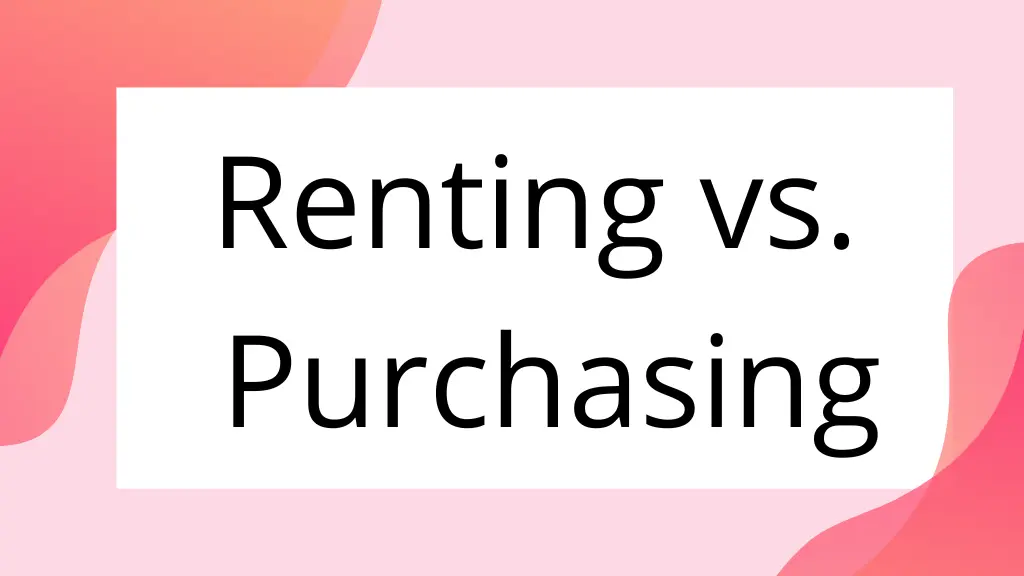
Whether to rent or purchase a kayak is a decision that water enthusiasts often face. The choice largely depends on individual circumstances, including how frequently you hit the waters and your long-term commitment to the sport. With factors such as kayak rental prices, access to various models, and the costs of ownership, there is much to consider when selecting the most economical option.
Short-Term Kayak Rentals and Prices
Short-term kayak rentals offer adventurers a cost-effective and hassle-free way to enjoy the waterways. Rental fees can vary, typically influenced by location, kayak type, and seasonality but remain a popular choice for those looking for cheap kayak rentals. This option fits well for travelers and occasional kayakers not ready to commit to the financial and logistical responsibilities of ownership.
Benefits of Renting Kayaks
Affordable kayaking rates are a primary benefit of renting, especially for those who kayak infrequently. Renting also allows paddlers to experiment with different types of kayaks suitable for varying activities, whether serene lake paddles or challenging sea kayaking. Other benefits include:
- No maintenance worries
- No need for long-term storage solutions
- Freedom from transport logistics, as rentals are typically waterfront
When Buying a Kayak Makes Sense Financially
For enthusiastic kayakers who paddle regularly, investing in a kayak can be the more economical choice over time. It eliminates ongoing rental costs and offers a personalized kayaking experience. Moreover, experienced paddlers seeking performance or specific features can find value in the secondary market. A well-maintained second-hand kayak often comes at a more affordable rate and retains much of its functionality and safety features.
Used Kayaks: Are They Worth the Cost?
Embarking on a kayaking adventure stirs the spirit with an anticipation of serene waterways and exhilarating currents. However, the question of affordability comes into play. A prevalent option many paddlers consider is the purchase of a used kayak. With the cost of kayaking adventures spiraling upward, savvy enthusiasts weigh the merits of these pre-loved vessels. But are the affordable kayaking rates found in the used market indicative of a wise investment?
Understanding the true value of a second-hand kayak is complex and often comes down to a balance between cost-saving and quality. What seems an undeniable bargain might lead to unforeseen expenses if the integrity of the kayak is compromised. Examination and due diligence are key. Here’s a breakdown of when choosing a used kayak can offer more paddles for your pennies:
- Condition: At the core, the condition of a used kayak determines its viability. Look for any signs of repairs, deep scratches or UV damage.
- Age: Kayaks that have seen many seasons may not only exhibit wear but may also be outdated in design and performance.
- Demand: Popular models in high demand can retain value, making them a smarter choice.
- Specialization: High-end or specialty kayaks, designed for certain activities like sea or whitewater kayaking, often come with heftier new price tags, hence acquiring them used can significantly reduce the how much does kayaking cost question.
Prudent shoppers searching for the perfect deal should consider what they are willing to accept in terms of wear and tear. This is not a one-size-fits-all scenario as seasoned kayakers with specific needs might find affordable kayaking rates in pre-owned high-performance models whereas beginners could end up biting more than they can chew if they go for the cheapest option available.
The sweet spot is identifying a used kayak that’s lightly traveled, reasonably new, and matches your kayaking style. It’s about finding that deal where the cost is not just low, but smart.
Conclusively, a used kayak can undeniably be worthwhile and allows one to bask in the joys of kayaking without submerging their budget, given they perform their due diligence. Thus, it isn’t merely about how much does kayaking cost, but how much value one can extract from those costs. Ultimately, the decision to invest in a used kayak should be navigated as thoughtfully as one would steer through challenging waters.
Kayaking Budget Tips: How to Save Money on Kayaking
Embarking on a kayak adventure doesn’t have to drain your bank account. With a few strategic choices and some insight into the industry, you can indulge in the thrill of paddling without overspending. From seeking out cheap kayak rentals to embracing practical maintenance practices, there are numerous ways to enjoy this activity on a budget.
Where to Find Affordable Kayaking Rates
Finding the best deals on kayak rentals requires a bit of research. Key strategies include comparing prices from different rental services and planning outings during non-peak times. Consider kayaking during weekdays or shoulder seasons when demand is lower, leading to more competitive rates. Furthermore, exploring less popular kayaking spots can often result in unexpectedly low costs without compromising the quality of your experience.
Choosing the Best Budget Kayak Tours and Rentals
When searching for the best budget kayak tours, look for packages that offer the most value. Don’t just consider the kayak trip cost; also evaluate the overall experience, the safety measures provided, and the expertise of the guide. Sometimes, spending a little more upfront can ensure a safer and more memorable kayaking adventure. Always read reviews and testimonials from previous customers to gauge the quality of the tour or rental service.
Maintenance and Storage Costs: How to Minimize Expenses
Reducing the ongoing costs of kayak ownership can be as simple as adopting routine maintenance and clever storage solutions. By performing regular checks and addressing any wear and tear promptly, you can avoid more costly repairs in the future. Learn some basic repair techniques and consider using cost-efficient materials. For storing your kayak, avoid costly storage units; instead, create a space at home, like a wall-mounted rack in your garage or a custom stand in your backyard, paired with a protective cover to shield your craft from the elements.
- Comparison shop for cheap kayak rentals to get the best rates.
- Opt for off-peak hours and less popular destinations to secure affordable kayaking rates.
- Consider the overall value of best budget kayak tours, not just the price.
- Implement routine maintenance and DIY repairs to curb kayaking budget tips.
- Use cost-effective storage solutions at home.
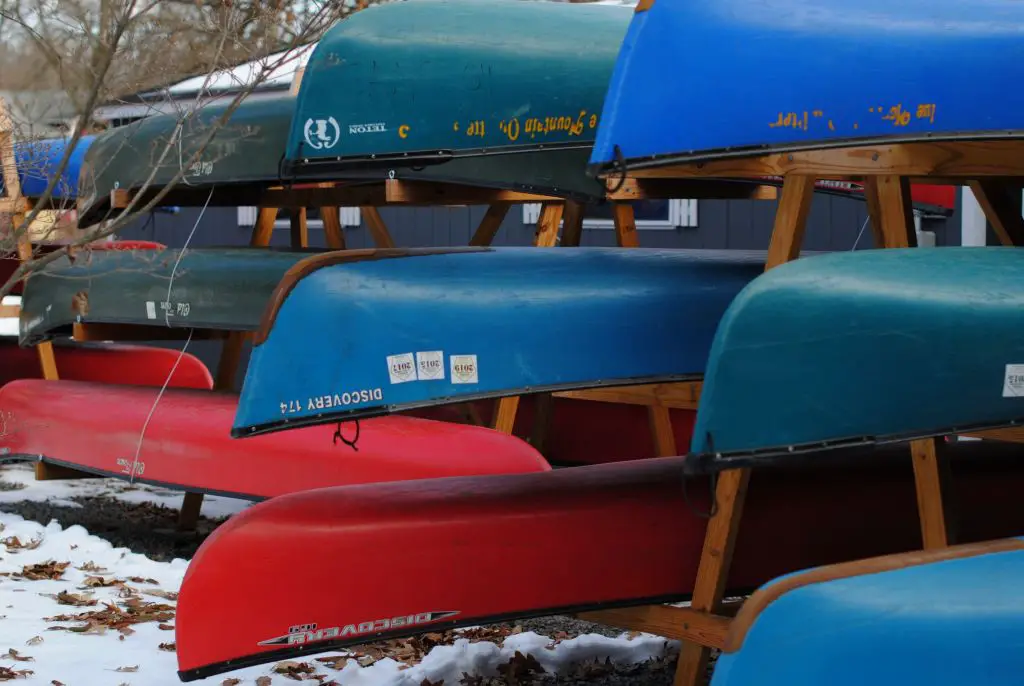
Essential Kayaking Gear: A Breakdown of Expenses
When planning a kayaking adventure, it’s essential to account for the kayaking expenses beyond just the kayak pricing. The right gear not only ensures enjoyment but is also critical for safety on the water. A thorough consideration of the associated costs for necessary equipment will help paddlers budget effectively for their exploits.
The cornerstone of kayaking gear includes a dependable paddle and a personal flotation device (PFD). Advanced materials used in paddles can elevate one’s paddling experience and efficiency but also affect the cost significantly. Here’s a look at what kayakers can expect to invest in essential equipment:
- Paddles: range from economical models starting around $30 to high-end varieties that can reach upwards of $300.
- Personal Flotation Devices: essential for safety and regulations, a good PFD may cost between $45 and $150.
- Protective Gear: depending on the kayaking environment, additional gear like helmets or dry bags to protect valuables may be necessary, with dry bags typically priced at $10-$30.
While initial expenditures might seem steep, prioritizing quality can be cost-effective in the long run. Better performance and durability from superior gear often translate into a reduced need for replacements down the line. Making wise investments in equipage is integral to a financially savvy approach to the cost of the kayaking adventure.
Remember, the allure of the waters is best enjoyed with gear that offers comfort, safety, and reliability—elements that are certainly worth the investment.
Factors That Influence Kayak Trip Cost
While kayaking allows adventurers to explore tranquil waterways and thrilling rapids, the overall kayak trip cost can be affected by numerous variables. From transportation nuances to seasonal fluctuations, these expenses must be considered to secure your kayaking budget. Insightful planning and awareness of these cost components will empower enthusiasts to maintain their expenses within a manageable range.
Transporting Your Kayak: Hidden Costs to Consider
Similarly, as you prepare for a kayak journey, understanding the expenses related to transporting your kayak is crucial. Regardless of the adventure’s duration or location, here are some budgetary considerations:
- Vehicle Adaptations: Adding a roof rack or trailer may necessitate an initial investment. Remember, kayak pricing includes the cost of secure and efficient transport.
- Rental Vehicles: If your car isn’t suitable for transportation, renting a vehicle that can carry a kayak is an added cost.
- Fuel Expenses: Longer trips mean increased gas consumption, a variable expense often overlooked.
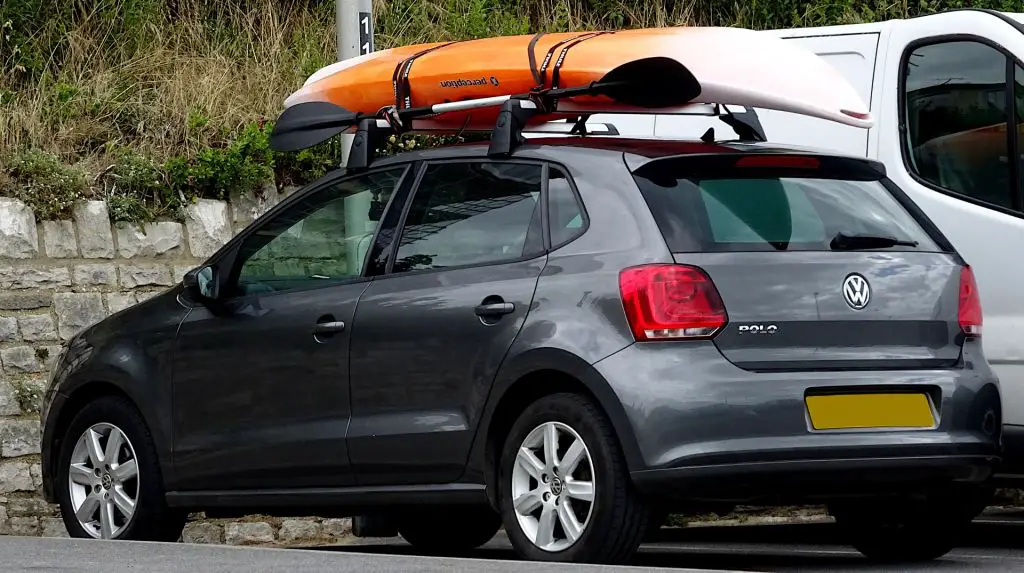
How Permits and Seasonality Can Affect Pricing
Beyond the river’s edge, administrative factors can also paddle into your budget. Seasonal demand peaks can surprise unwary travelers with heightened fees for permits and tours. Consider these financial navigational aids to chart a course that avoids unnecessary expenses:
- Research required permits or licenses for your destination; fees can vary by region and type of water body.
- Offseason Benefits: Kayaking during the offseason can offer significant cost savings compared to peak times.
- Early Booking Discounts: For kayak trips requiring guides or tours, book early to lock in favorable rates.
Additional Gear for Specialized Kayaking Adventures
Lastly, ambitious excursions, like ocean or fishing kayaking, generally come with their own set of specialized gear requirements. This equipment—oftentimes unique to the specific activity—can tilt the scales on the overall kayak trip cost:
For the ardent fisherman or sea explorer, specialized kayaks come with a steeper price but are crucial for the task at hand. Life jackets with utility pockets for anglers or reinforced hulls for ocean kayakers underscore the specialized nature of these adventures and their accompanying gear costs.
Heed these kayaking budget tips and you will be well-equipped to map out the financial route of your next aquatic journey, ensuring you paddle through picturesque waters without navigating through monetary surprises.
Conclusion
Diving into the nuances of kayaking expenses, it’s evident that the cost of a kayaking lifestyle is not a one-size-fits-all figure. How much does kayaking cost? It’s a question that hinges on various personal factors but understanding the composite of one’s kayaking expenses is integral to navigating the financial currents of this fulfilling sport.
Assessing Overall Expenses for Your Kayaking Lifestyle
For those drawn to the waterways, calculating the total investment in kayaking goes beyond the initial purchase of a kayak. Cost-effective kayaking involves scrutinizing the price tags of gear, storage solutions, maintenance, and even the possible need for permits. Insightful assessment and strategic planning are cornerstone practices for enthusiasts aiming to make the most of their budget. By being mindful of kayak pricing and the ancillary costs, paddlers can ensure that their financial resources are as efficiently navigated as their chosen waterways.
Making Cost-Effective Decisions for Kayaking Enthusiasts
Kayaking aficionados have a spectrum of strategies at their disposal to curtail spends without curtailing experience. Whether selecting second-hand equipment to achieve savings or opting for multipurpose gear that serves various kayaking ventures, achieving cost-effective kayaking is within reach. Aligning with affordability doesn’t have to mean compromising on quality. It’s about making informed, judicious choices that balance cost with value, allowing both novices and expert paddlers alike to enjoy the splendors of the sport without sinking under hefty expenses.
FAQ
How much does a kayaking adventure typically cost?
The cost of a kayaking adventure can vary widely depending on factors such as the type of kayak, rental duration, location, and additional gear required. For a basic experience, rentals can start as low as – per hour, while full-day excursions and guided tours may cost anywhere from to over 0.
What are the average kayak rental prices?
Kayak rental prices typically range from – per hour to – for a full day. These rates can fluctuate based on the rental company, kayak type, and the season.
What factors affect kayak pricing?
Factors that influence kayak pricing include the type of kayak (e.g., recreational, fishing, sea), construction material (e.g., plastic, fiberglass, inflatable), brand reputation, and additional features or accessories included.
How do longevity and resale value impact the cost of owning a kayak?
High-quality kayaks made from durable materials like carbon fiber or fiberglass tend to have a longer lifespan and retain a higher resale value. Used kayaks are typically valued at about half of their retail price, although this can vary based on condition, age, and demand.
What is the estimated cost for beginners to start kayaking?
For beginners, the cost can start around 0 for a basic recreational kayak, though this can increase if opting for specialized models like fishing or sea kayaks. Rental options and second-hand purchases are cost-effective alternatives for newcomers.
Is it more cost-effective to rent or purchase a kayak?
Renting can be more cost-effective for occasional kayakers and offers the flexibility to try various models. However, frequent kayakers may find that purchasing a kayak is financially sensible over the long-term.
What should be considered when looking at used kayaks?
When evaluating used kayaks, consider the kayak’s condition, age, usage, and type. High-performance or specialty used kayaks can be good investments if they are in good condition and offered at a reduced price compared to new models.
Where can I find affordable kayaking rates?
Affordable kayaking rates can often be found through comparison shopping, opting for off-peak times or less popular destinations, and seeking out budget-friendly kayak tours that prioritize value.
How can I minimize maintenance and storage costs for my kayak?
To minimize these costs, maintain your kayak properly to avoid frequent repairs, consider DIY storage solutions such as garage racks or outdoor covers, and avoid rental storage units when possible.
What essential gear is needed for kayaking and how much does it cost?
Essential gear includes a kayak, paddle, PFD, and potentially protective gear like helmets or dry bags. Paddles can cost to 0, PFDs between and 0, dry bags -, and additional gear prices will vary.
What hidden costs should I consider when transporting my kayak?
Hidden costs may include the initial investment in roof racks, trailers, or other transportation equipment necessary to secure your kayak to your vehicle, as well as potential gas mileage impacts.
How do permits and seasonality affect kayak trip pricing?
Permits and registrations may be required in some regions, adding to the cost, with seasonal demand potentially impacting rental and tour prices. Planning during the offseason can help save money.
What additional gear might I need for specialized kayaking adventures and what are the costs?
Specialized adventures like fishing or sea kayaking might require gear such as rods, reels, GPS devices, or specialized clothing. Costs can vary widely, with high-end equipment significantly impacting the overall expense of the trip.

